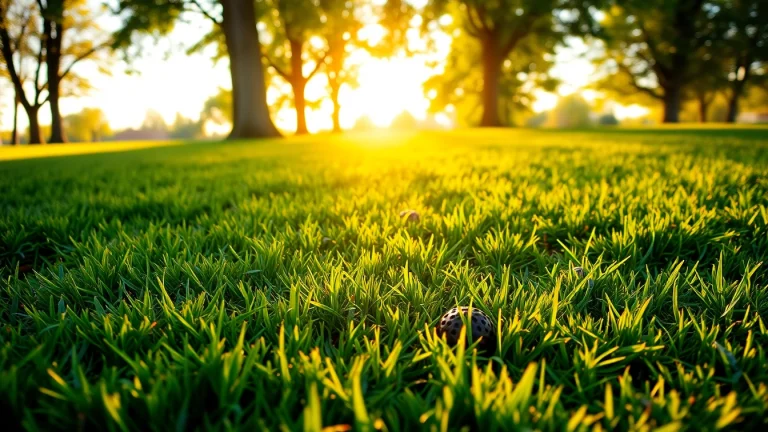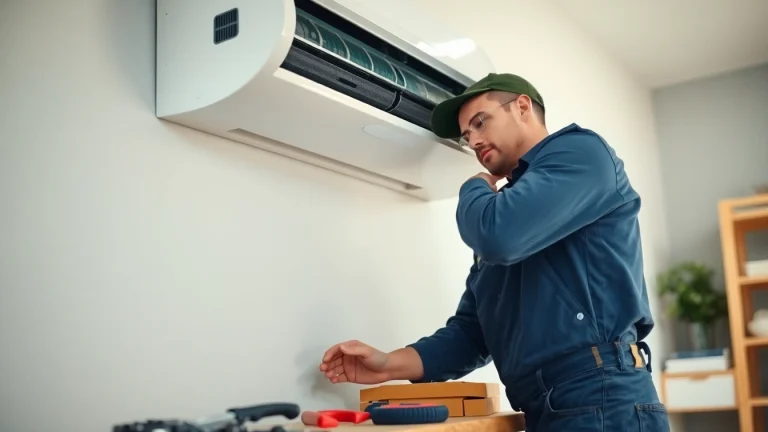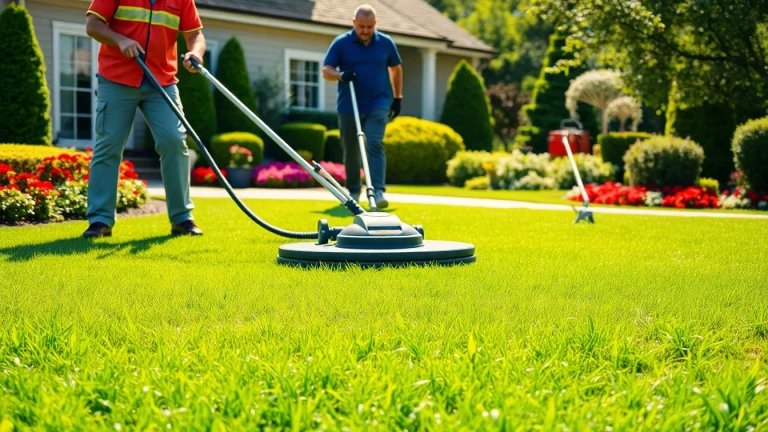
Enhance Your Lawn’s Health with Core Aeration: Essential Techniques and Benefits
Understanding Core Aeration
Definition and Purpose of Core Aeration
Core aeration is a specialized lawn care technique that involves the removal of soil plugs or cores from a lawn. Through this process, holes are created in the soil, allowing air, water, and nutrients to penetrate deeper into the root zone. The primary purpose of core aeration is to alleviate soil compaction, which can hinder root growth and limit the health of your lawn. When you perform core aeration, you’re essentially creating a healthier environment for your grass to thrive.
Benefits of Core Aeration for Your Lawn
Core aeration provides numerous benefits that contribute to the overall health and aesthetics of your lawn. Here are some key advantages:
- Improved Soil Health: By breaking up compacted soil, aeration promotes better root development and enhances microbial activity, which is critical for nutrient cycling.
- Enhanced Nutrient Uptake: The removal of soil plugs increases the capacity for water and nutrients to reach the root zone, leading to a more vibrant lawn.
- Reduced Thatch Buildup: Core aeration helps control thatch, a layer of dead grass and roots that can accumulate and inhibit water absorption and nutrient exchange.
- Better Drought Resistance: Aeration can improve water infiltration, allowing your lawn to better withstand dry periods.
- Healthier Grass Growth: With improved air and water flow, grass roots can access the resources they need, leading to robust growth and green color.
How Core Aeration Works
The process of core aeration typically involves the use of a mechanical aerator that creates evenly spaced holes throughout the lawn. The aerator pulls small plugs of soil, approximately ½ to ¾ of an inch in diameter, and deposits them on the surface. As these plugs decompose, they return valuable nutrients back to the soil, further benefiting the lawn.
When Should You Schedule Core Aeration?
Ideal Seasons for Core Aeration
The timing of core aeration is crucial for achieving the best results. Depending on your lawn type, certain seasons are more beneficial:
- Cool-Season Grasses: The best time to aerate is in early spring or fall when these grasses are actively growing.
- Warm-Season Grasses: Late spring through early summer is ideal for aerating warm-season varieties, coinciding with their peak growth period.
Signs Your Lawn Needs Aeration
Recognizing the signs that your lawn requires aeration can prevent further damage to its health:
- Compact Soil: If it’s difficult to push a finger into the soil or if you have hard, dry patches, it’s time to aerate.
- Thick Thatch Layer: A thatch layer exceeding ½ inch indicates a need for aeration.
- Pools of Water: If water tends to pool in certain areas, it suggests that the soil isn’t absorbing moisture effectively.
- Heavily Used Lawn: High foot traffic areas often lead to compacted soil, increasing the need for aeration.
Frequency of Core Aeration
Generally, core aeration should be conducted every one to two years, depending on lawn usage and soil conditions:
- High Foot Traffic Areas: Aerate annually to maintain soil health and grass vitality.
- Typical Residential Lawns: Every two to four years should suffice unless issues arise.
Core Aeration Techniques and Tools
Types of Core Aerators
When it comes to core aeration, there are various aerators available:
- Manual Aerators: These are less expensive and require physical effort but are suitable for small areas.
- Powered Aerators: Gas or electric models offer efficiency and are ideal for larger estates.
- Hybrid Models: Some aerators combine manual and powered features for versatility.
Step-by-Step Core Aeration Process
Certain steps ensure successful core aeration:
- Preparation: Mow the lawn to a low height and ensure the soil is moist.
- Equipment Setup: Choose the appropriate aerator and follow instructions for its operation.
- Aeration: Begin aerating in a pattern, overlapping your passes to ensure coverage.
- Post-Aeration Care: Leave soil plugs on the surface to decompose and water the lawn as needed.
DIY vs. Professional Core Aeration Services
Deciding between DIY and professional core aeration often depends on your budget and lawn size:
- DIY: Best for small lawns and enthusiasts who enjoy hands-on work.
- Professional Services: Recommended for large areas or if you want to ensure optimal results.
Common Myths About Core Aeration
Debunking Core Aeration Misconceptions
There are several myths surrounding core aeration that can misinform homeowners:
- Myth 1: Aeration is Only Needed for Bad Lawns.
Fact: Even healthy lawns benefit from regular aeration. - Myth 2: Aeration is Harmful to Grass.
Fact: It promotes grass health by reducing compaction and encouraging growth.
Core Aeration vs. Other Lawn Care Practices
Core aeration is often compared to other lawn care practices:
- Overseeding: While overseeding involves adding new grass seed, core aeration prepares the soil to improve seed-to-soil contact.
- Dethatching: Dethatching addresses thatch buildup, while aeration focuses on improving soil compaction.
Customer Experiences and Testimonials
Many homeowners have shared positive experiences regarding core aeration:
“After aerating my lawn last spring, I noticed a remarkable difference in its vibrancy and resistance to pests. It was truly worth the investment!”
Such testimonies highlight the immense benefits that core aeration can offer when performed correctly.
Measuring the Results of Core Aeration
Indicators of a Successful Aeration
Post-aeration, you should observe several signs that indicate success:
- Improved Grass Health: Look for greener, denser turf growth.
- Increased Water Retention: Notice whether your lawn absorbs water more effectively.
- Stronger Root Systems: A lawn that roots deeper will have improved drought resistance and sturdier grass.
Long-term Benefits of Core Aeration
The long-term advantages of aerating your lawn extend well beyond the immediate effects:
- Sustained Lawn Health: Regular aeration can dramatically improve the longevity of your lawn.
- Enhanced Aesthetic Value: A healthier lawn is more attractive, increasing property value.
- Environmental Impact: Healthy lawns contribute positively by reducing soil erosion and filtering air pollutants.
Tracking Lawn Health Improvements
To effectively gauge improvement, consider keeping records of:
- Soil test results before and after aeration.
- Lawn appearance and growth patterns pre- and post-aeration.
- Watering needs and effectiveness over time.


